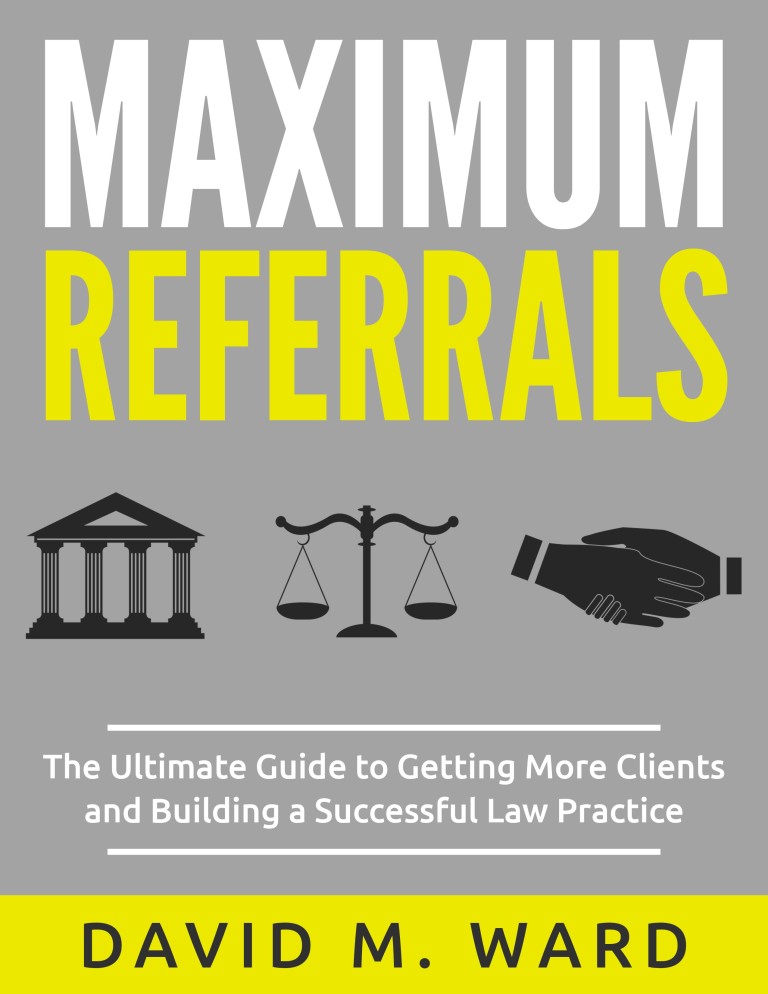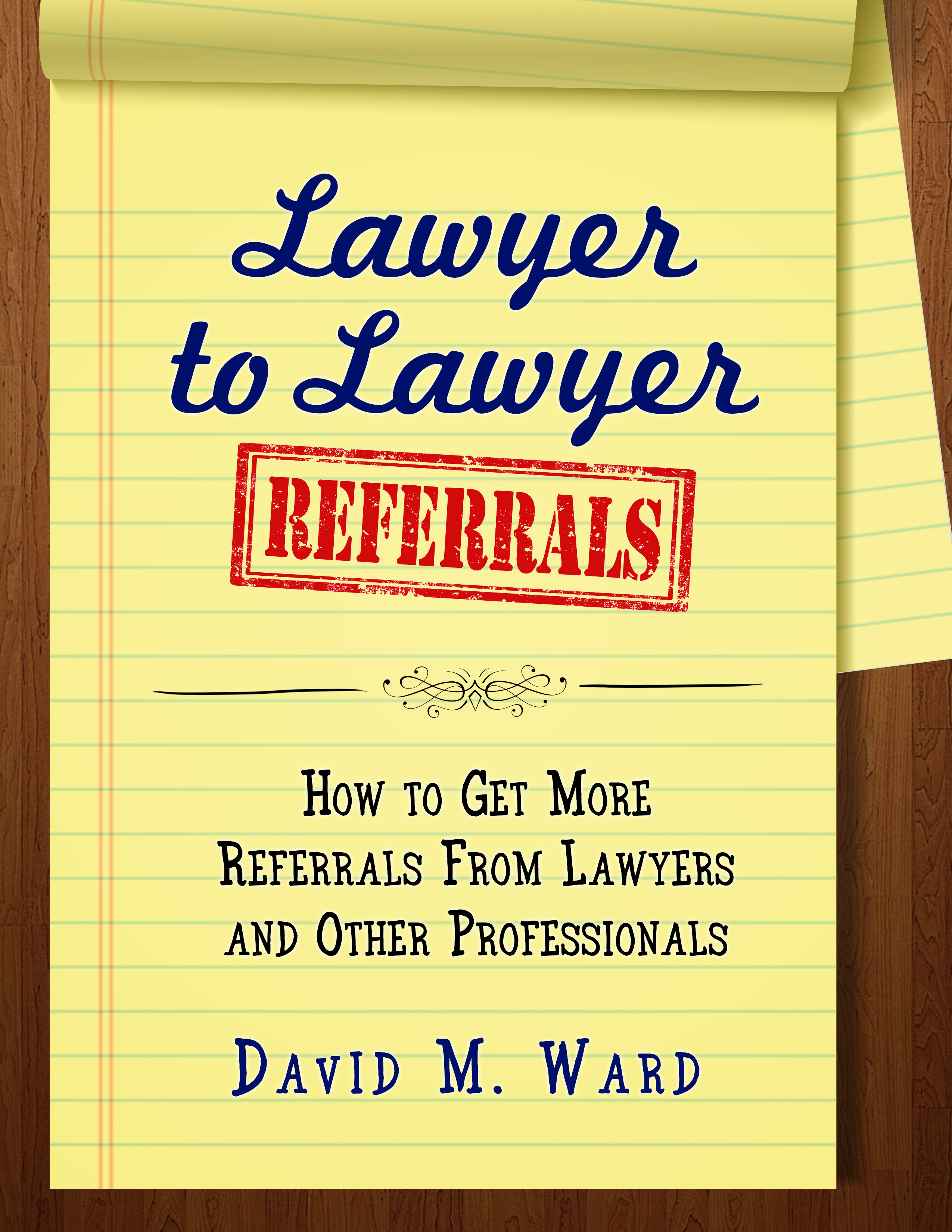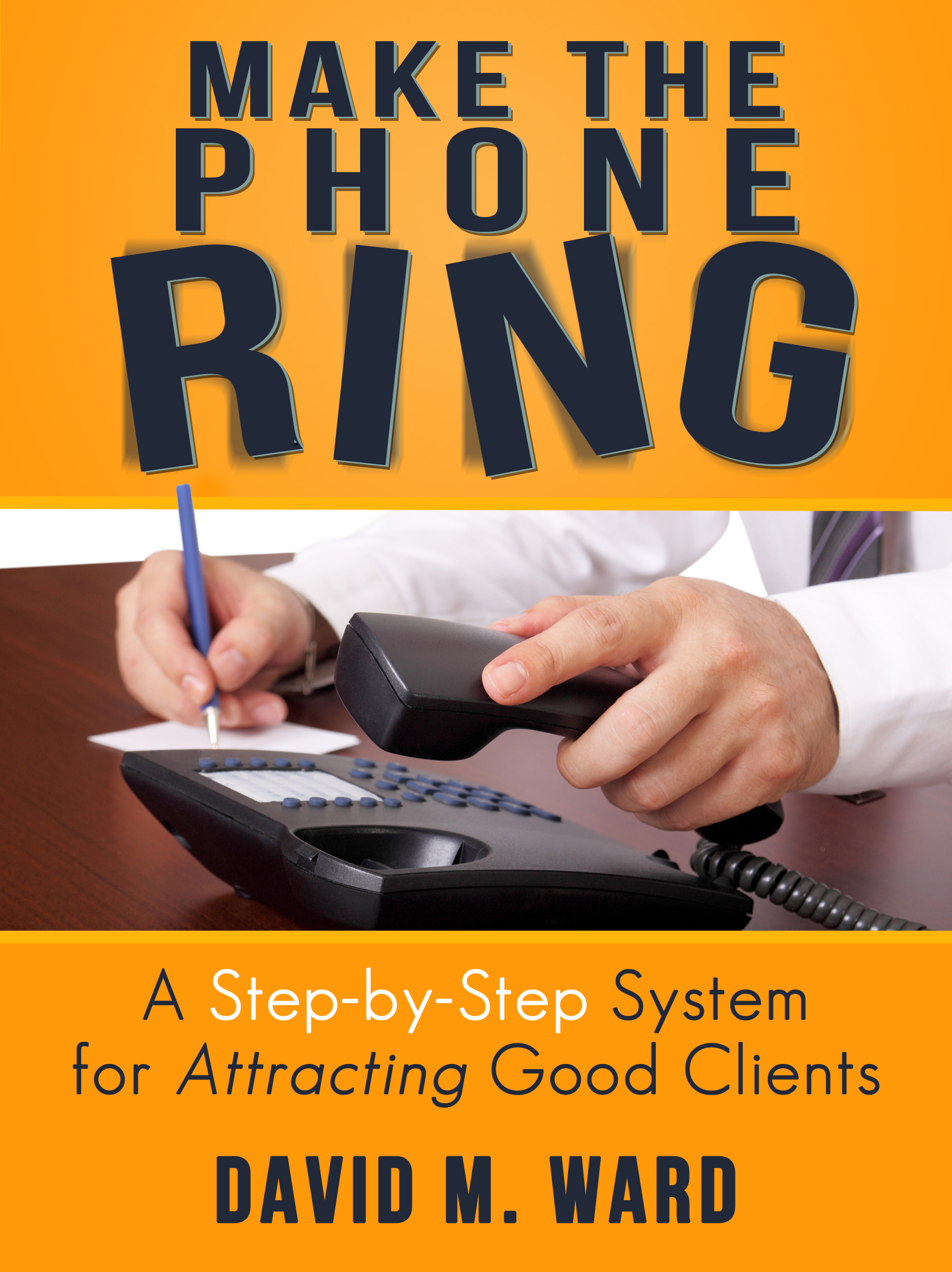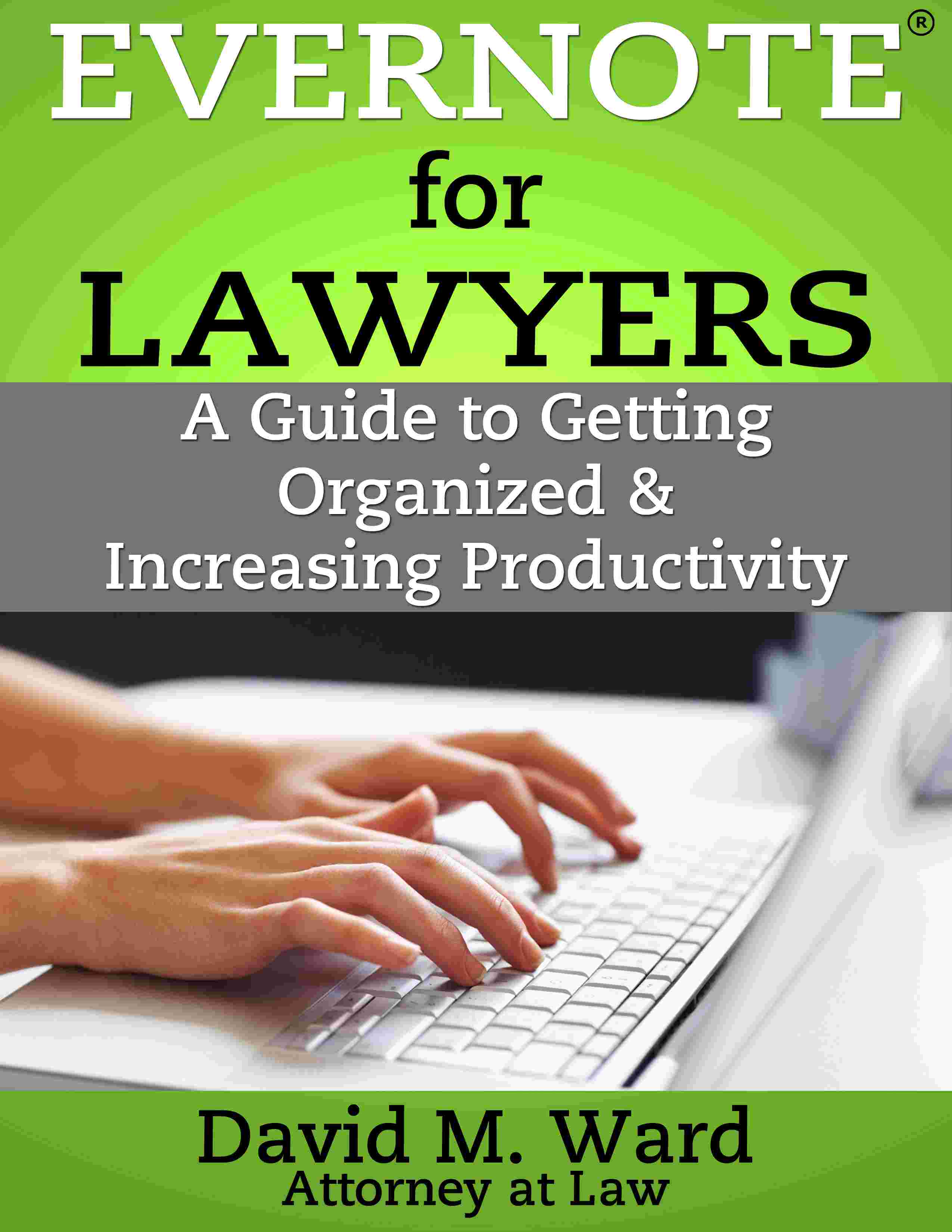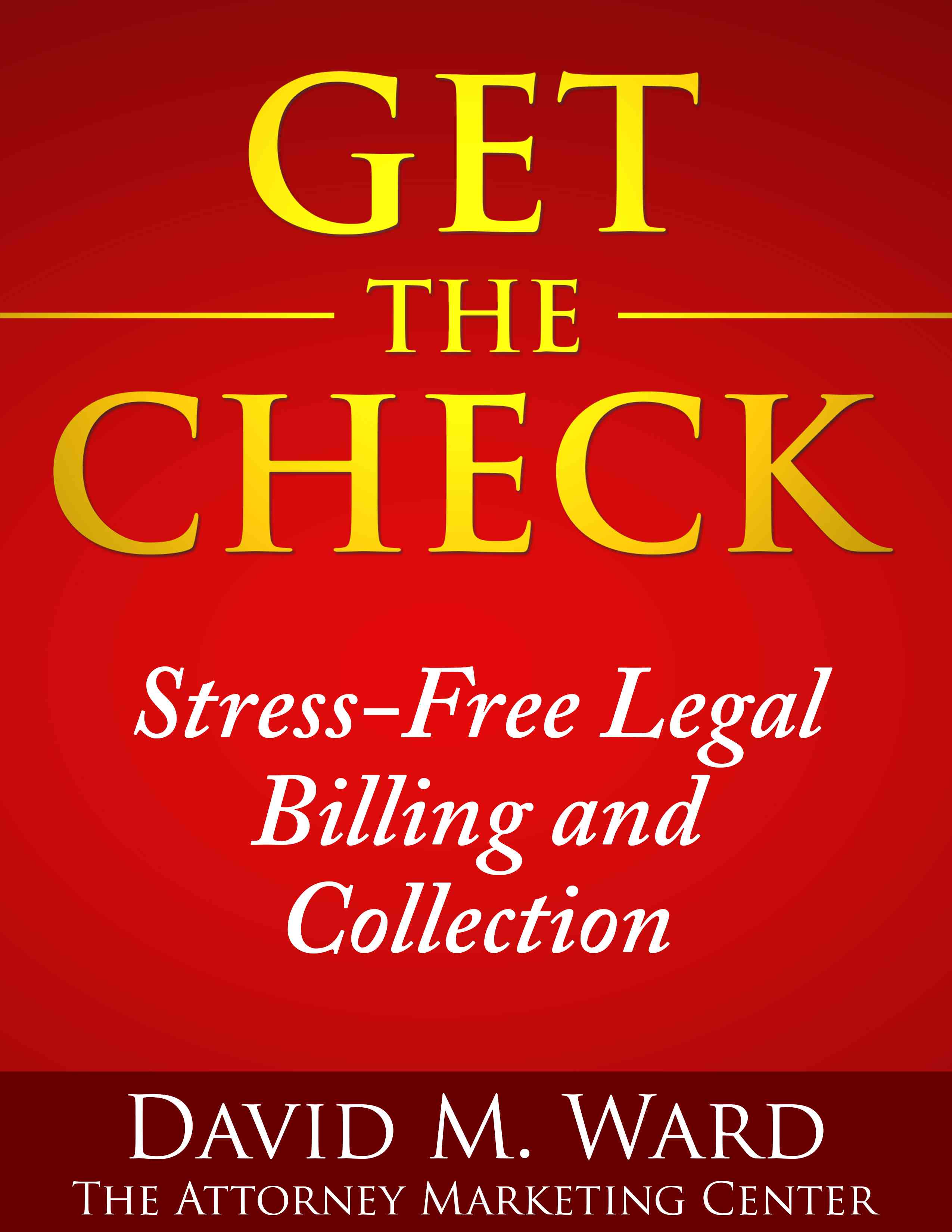Of all the things you do, in your practice and personal life, some things contribute more value than others. By taking inventory of everything you do, you can identify your most valuable activities, so you can do more of them.
You’ll have the time to do that, of course, by curtailing activities that contribute little or no value.
Taking inventory starts with choosing an area of your life where you’d like to be more productive or successful. Let’s say that’s your practice.
The first step is to write a list of everything you do in that area–all of your tasks, projects, habits, and routines. For your practice, include the different kinds of client work you do, all of the admin, and all of your marketing.
Add a number to each activity on your list. If there are 50 activities, number them 1-50, so you can identify each one separately.
Next, make a second list. Write down all of your successes in this area of your life. In this case, your practice.
These successes might include things like winning one or more big cases, getting a lot of traffic from a profile of you that appeared in a prominent publication, meeting a well-connected professional who helped you get a spot on a speaking panel, a successful ad campaign, or things you did to reduce your overhead without hurting your bottom line.
These could be one-time wins or things that bring you ongoing benefits.
When your “success” list is done, go through it again and next to each item, add the number of each “activity” (on your first list) that contributed to it.
For example, you might connect “reading blogs in your target market’s industry” and “writing articles for your target market’s publications” with the positive result of being introduced to a major center of influence in your client’s niche, which led to several new clients.
By connecting activities with results, you can see where the things you’re doing are working.
Whatever is left–activities you can’t connect to significant results–should either be eliminated, minimized, systematized, or delegated.
Finally, look at your success list and identify things you didn’t connect with an activity. Ask yourself what you could do to make results like these happen more often.
For example, maybe you met someone accidentally who hired you for a lot of legal work. Ask, “What can I do to meet their colleagues or counterparts?”
When you take the time to link your activities with your results, you’ll be able to see where you should spend more time and resources, and what you should do less of, or not at all.


